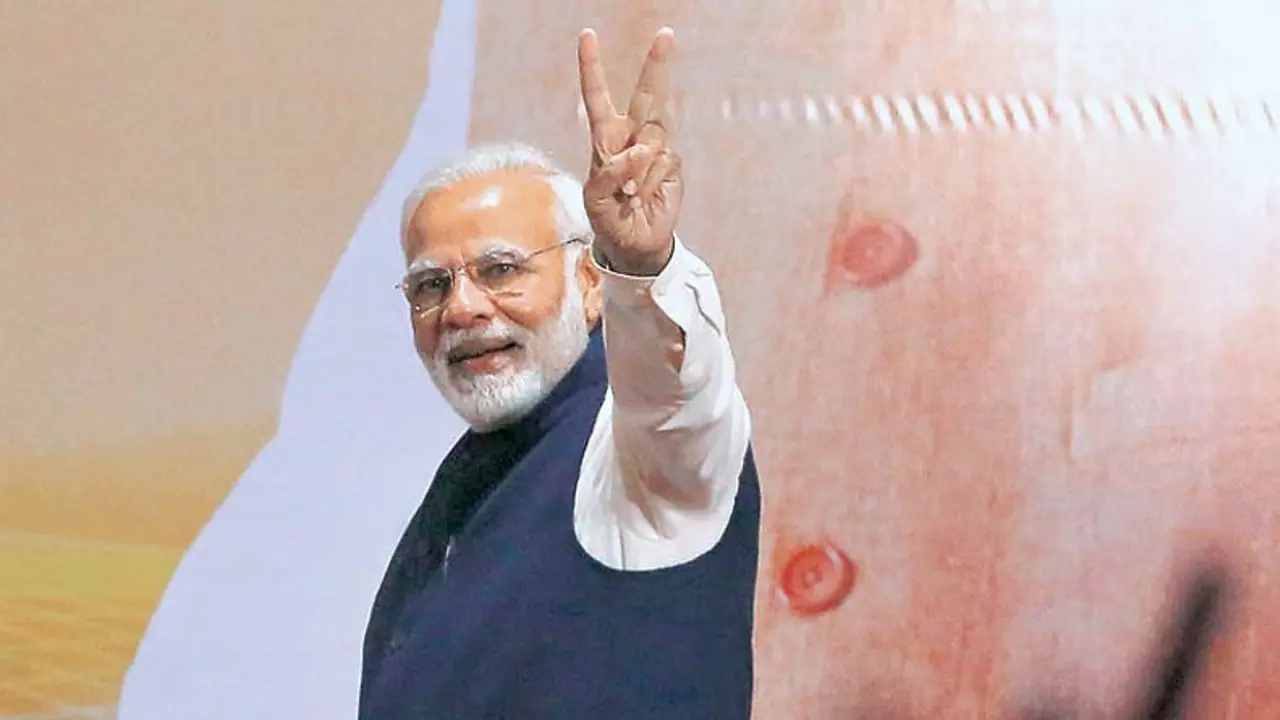To understand, why the Modi government deserves distinction, one should first take note that the region is at least 30 years behind the Indian growth story. It means the benefits of liberalisation more or less bypassed them.
It has been nearly two decades since India started taking a special interest in the development of its Northeastern region. Every government contributed to the process. But the change was never as palpable as in the five years of Modi-rule.
To understand, why the Modi government deserves distinction, one should first take note that the region is at least 30 years behind the Indian growth story. It means the benefits of liberalisation more or less bypassed them.
As in May 2014, when the Narendra Modi government assumed power, the ground realities in terms of infrastructure, connectivity, employment, entrepreneurship, agriculture etc didn’t change much from what was deliberated in detail in the Shukla Commission report, exactly 22 years ago.
Also read: How Modi changed Northeast from a neglected zone to India's development hub
This is partly because of the historic failure of the Indian government in understanding local needs and devising suitable policies; and partly due to continued disturbance.
Land of slow train or no train
Far from being a composite, Northeast is divided among innumerable pre-industrial communities, including warrior tribes of different ethnicity who are not on the same page. At the beginning of 1950, there prevailed a huge disturbance in this region as the indigenous people were either at war with the government or among themselves.
The disturbances brought money but not due attention. As the Shukla Commission pointed out the utilisation of funds directed to (then) ‘special category’ Northeastern states, was questionable.
The nexus of utterly corrupt local politics and insurgent groups, denied growth a chance. Even today State governments in the region are referred by percentages of cut they demand - like ‘20% government’, ‘30% government’ etc.
The end result was the vast region, comprising eight% of India’s landmass, suffered from abysmal connectivity.
Projects like Bogibeel bridge or Kaladan Multimodal, which found mention by the Shukla Commission, were still under construction when Modi took over. The railway connectivity project, undertaken 20 years ago, was at its infancy and highways barely existed beyond parts of Assam. Some 500 km journey could have taken 17-18 hours.
Meanwhile, it is an established truth that when public projects suffer, private initiatives stand no chance. The region banked on some highly non-remunerative operations of ONGC, IndianOil, Coal India etc for jobs. The region also lacked good schools and colleges and had little to offer to the young and aspiring.
Progress picks up steam
Modi is bringing change in the entire perspective. Not that everything is resolved as yet, but at least there is a ray of hope. The 300 km distance from Agartala (Tripura) to Silchar (Assam) still takes 10 hours by car. But the broad-gauge rail connectivity opened a vista of opportunities for both passenger and goods movement.
Road connectivity from Guwahati to Imphal is no more held at ransom by Naga-Kuki strife. The North bank of Assam and the adjoining Arunachal are no more inaccessible for six months a year. What is better is that this accessibility is rising.
Bogibeel is now a reality. The first part of the Kaladan project (in Myanmar) is over, the second part (to connect Mizoram by road) is under implementation.
A definite positive impact of this construction spree is local capacity building and creation of private entrepreneurship of scale. Over the last five years, the region witnessed a rise of local contractors capable of handling high-value projects like highway building.
The bigger impact is visible in the rise of start-ups with innovative ideas starting from agri-product aggregation, low-cost eye care to software product development.
Investors boarding, finally
Once again, the population of such initiatives is low when compared to the rest of India. However, that someone can quit a high paying job of a banker or IT professional in Delhi, Mumbai or Bangalore and think of entering agri-business in Assam or Manipur with a national ambition is unheard of. It was also unthinkable that there would be angel investor networks and private VC funds to support such initiatives.
But it is happening. It’s a new Northeast, which is fast emerging. They may still be decades behind the rest of India in creating the due ecosystem for private entrepreneurship, but at least the trend is on the right track.
But they are no more sleeping and looking for government jobs only. And, Modi deserves credit for this change.
